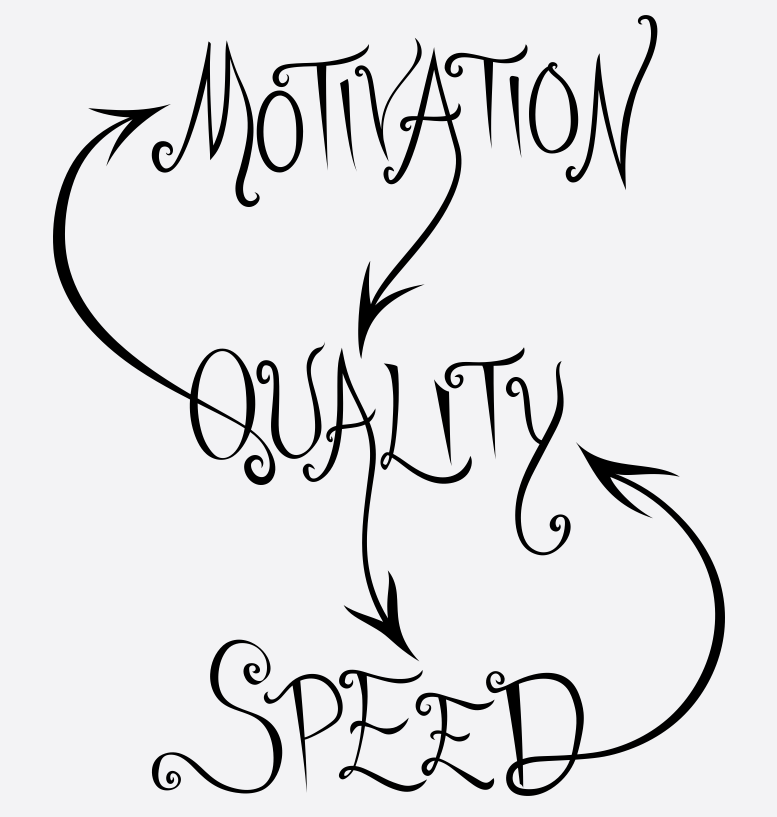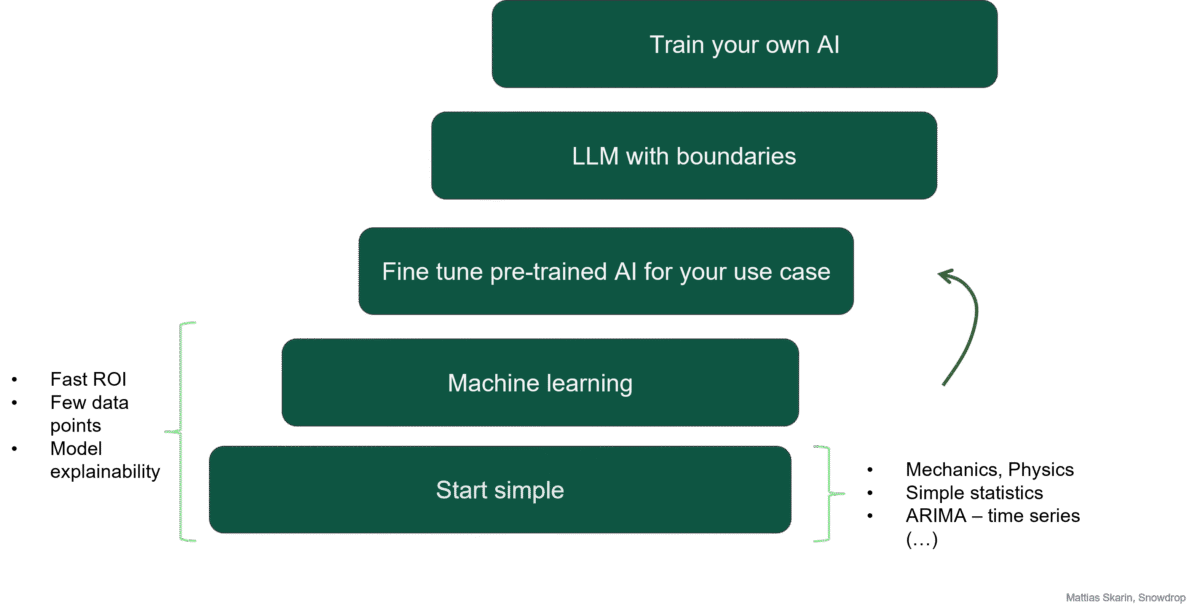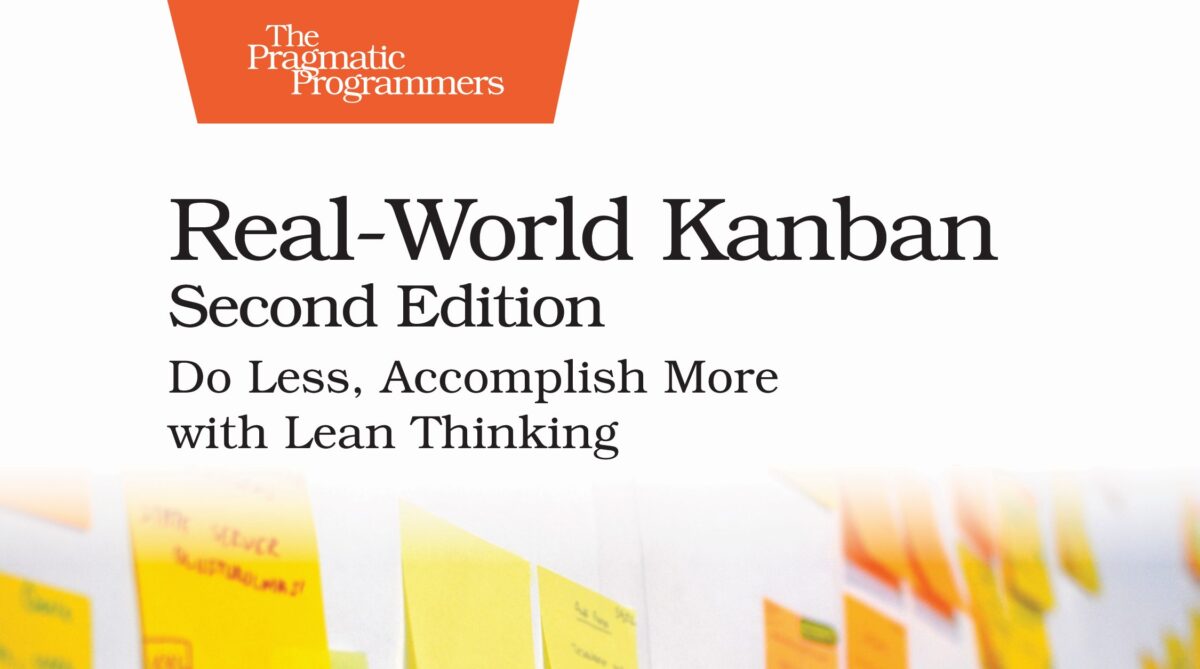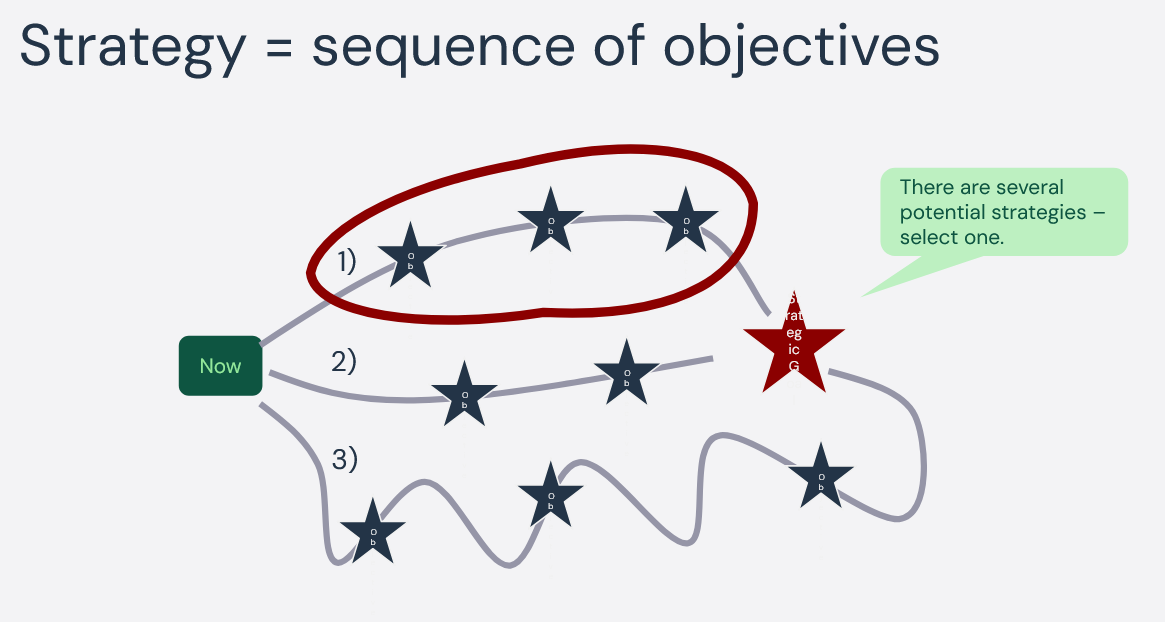It may sound counterintuitive, but when trying to become faster, the first thing you should do (IMHO) is not try to be quicker by adding more people or any other means. Three steps come before.
Measure your speed
The true metric of organizational speed is lead time. This is the period from when you decide to build a thing, solve somebody’s problem, enhance your product, etc., until your end-users have a new user experience in their hands.

The easiest way to get a baseline measurement is to take a few of your recent deliveries and backtrack to when your organization decided not to say “no” to them. That can be pretty far back in time, sometimes years, often months, but ever since then, somebody has been waiting for that request to be fulfilled.
Make sure your people are motivated
Motivated people do a better job; they care and are willing to jump through some hoops to get what’s needed done. Also, their well-being is higher, and they score higher in job satisfaction surveys.

That’s great! Let’s motivate everyone 🙂 But how do you do it?
I have a simple trick: Motivation comes on its own once the biggest de-motivators are gone!
I simply ask people the question, ”What sucks the most in your professional life right now?”
It’s a brutal question, but I have found that it often generates an honest answer. Ask enough people this question, and you’ll usually see some patterns emerge.
Identify the worst de-motivator (whatever it is), start fixing it transparently (show people you are taking their frustrations seriously), wait a couple of weeks, and ask individuals the same question again.
Why is this the first step? If people are demotivated, doing quality work is hard (they don’t care), so the next step becomes much more complicated.
Speed without quality is useless
Quality work comes in two flavors: Doing the right work (building the right thing) and doing the work right (without defects).
If you increase speed without having quality in place first, you’ll just produce crap at a higher rate, and that’s no good.

As I said in the intro to this article series: ”Choosing what to build and what not to build in a product discovery process is a topic for a future blog series.” Therefore, let’s focus on the defect part for now.
The right place to measure true quality is out there in production. Measure the influx of defects, customer service requests, questions, critical expressions on social media, incidents, etc. Ideally, all of these should be zero, but they never are.
Surprisingly, these feedback loops are often weak in many companies. Commonly, the feedback doesn’t go all the way back to the decision-makers and creators of your product and services. It stays somewhere in the customer-facing part of the organization and becomes statistics.
Ensure there is transparency within the organization, set goals for every one of these feedback loops, and start improving.
Finally, accelerate
Once you have motivated individuals and teams that do quality work, increasing speed is much easier.
Instead of rushing to hire more people, ask yourself: Are my teams already performing at the peak of their capability, or are things holding them back?
The rest of this blog series is about becoming faster without hiring more people.
- Part 2, “Dependencies kill flow”
- Part 3, “Creating organizational focus”
- Part 4, “Don’t scale with underperforming teams”
- Part 5, “Continuous improvement on an organizational level”
This is the first part of a blog series about speeding up your organization. Previously published parts are:




